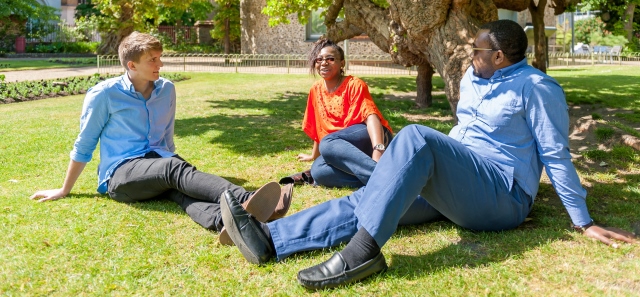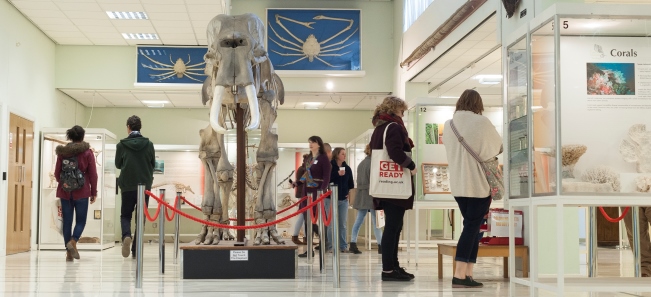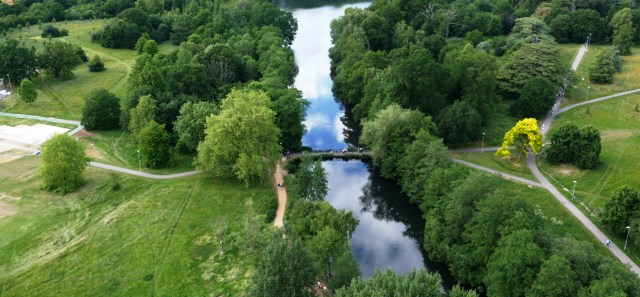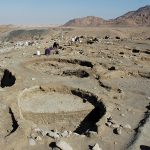Exploring cognitive, social and economic change in prehistoric hunter-gatherer communities
Prehistoric hunter-gatherer communities, just like all communities at all times and places, were constantly in transition. Change arose from the forces of biological and cultural evolution, with the study of these being at the core of archaeology as a discipline. When looking at the long-term past, we can see that cultural change happened at varying tempos and with different degrees of long-term significance. Professor Steven Mithen at the University of Reading has been exploring these communities and his research agenda is focused on two key periods of transition in hunter-gatherer communities.
The first concerns that between 300,000 and 30,000 years ago. This period starts with several types of humans in the world, including Homo sapiens, Homo nenderthalensis, Homo floresiensis, and the Denisovians, but ends with just one type of human – Homo sapiens – who is engaging in a diverse range of new activities. Why did all of those other humans go extinct? Why did Homo sapiens after 100,000 years ago display such cultural innovation and creativity? Steven has been exploring whether this relates to changes in cognitive abilities, including intelligence, language and music – all difficult to define and which takes his studies back into the earliest stages of human evolution.
A second period of especially important change in hunter-gatherer communities occurs between 12,000 and 5000 years ago. This involved the transition from mobile hunter-gatherer to sedentary farming lifestyles in several regions of the world, and the colonisation by hunter-gatherers of high latitudes following the retreat of the Pleistocene ice sheets. Steven has been exploring these developments by long-term programmes of survey and excavation in southern Jordan and western Scotland. His work in Jordan has been focused in Wadi Faynan where he has excavated the early Neolithic site of WF16, working with Dr Bill Finlayson. In western Scotland, he has been reconstructing the settlement patterns of Mesolithic hunter-gatherers, exploring their response to abrupt climatic events, and the transition to Neolithic farming communities. His current excavation project is at the site of Rubha Port an-t Seilich.







